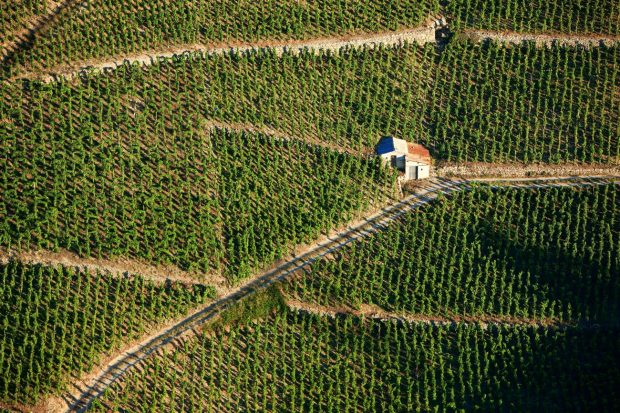It wasn’t all that long ago that judging the rosé class in a New Zealand wine show was a bit like receiving a competition booby prize. Quality was as variable as the colours, but alas, not nearly as enticing.
New Zealand’s rosés may still come in a veritable rainbow of pink hues, but the quality has taken a huge leap forward as winemakers, following the global trend in rosé appreciation, have stepped up their game.
Hawke’s Bay consultant winemaker Damian Fischer observes: ‘The industry is clearly taking the category seriously and putting more effort into crafting these wines. The trend for paler colours and drier styles is continuing and I’ve noticed more freshness, purity and delicacy in the wines without sacrificing flavour.’
Rosé wines are produced the length and breadth of the country, though as expected, the output from industry engine room Marlborough surpasses all other regions.
Grapes and regions
Pinot Noir is the country’s most common red grape variety and accordingly produces the majority of rosés, be they still or sparkling. But there is a decent range of Merlot and Syrah-based wines to be found, alongside a few of the less usual suspects. These include Malbec, Pinotage, Cabernet Franc and even Tempranillo. Occasionally, white varieties such as Pinot Gris or Chardonnay are also slipped in, though generally only in small blending fractions.
Regional variation tends to reflect the respective climatic and varietal makeups. So you can expect to find more robust, spicy Merlot or Syrah-based wines from Hawke’s Bay. Meanwhile Marlborough and Central Otago’s focus is generally bright, aromatic berry fruit-rich Pinot Noir-based wines. The latter’s cooler climes add crisper acidity as well as cherries and fresh herbs.
Most wines showcase New Zealand’s signature fruit purity; vibrant and refreshing, they’re intended to be consumed nicely chilled within a year or so of harvest, and are generally dry or just off-dry, though a few have a crowd-pleasing hint of residual sugar for that lusher mouthfeel. There is also a small diverse faction of winemakers experimenting with degrees of skin contact, oxidative winemaking, oak or amphorae.
Unfortunately many rosés don’t leave New Zealand’s shores. Export figures have climbed from 0.7 million litres in 2014 to 4.3 million litres in 2023, according to the New Zealand Winegrowers Annual Report 2023. However producers either have a strong enough domestic sales base, or instead struggle to find a place in the hyper-competitive global rosé market. So should you happen to spot one of the following wines on the shelves in your own market, best snap it up quick.






